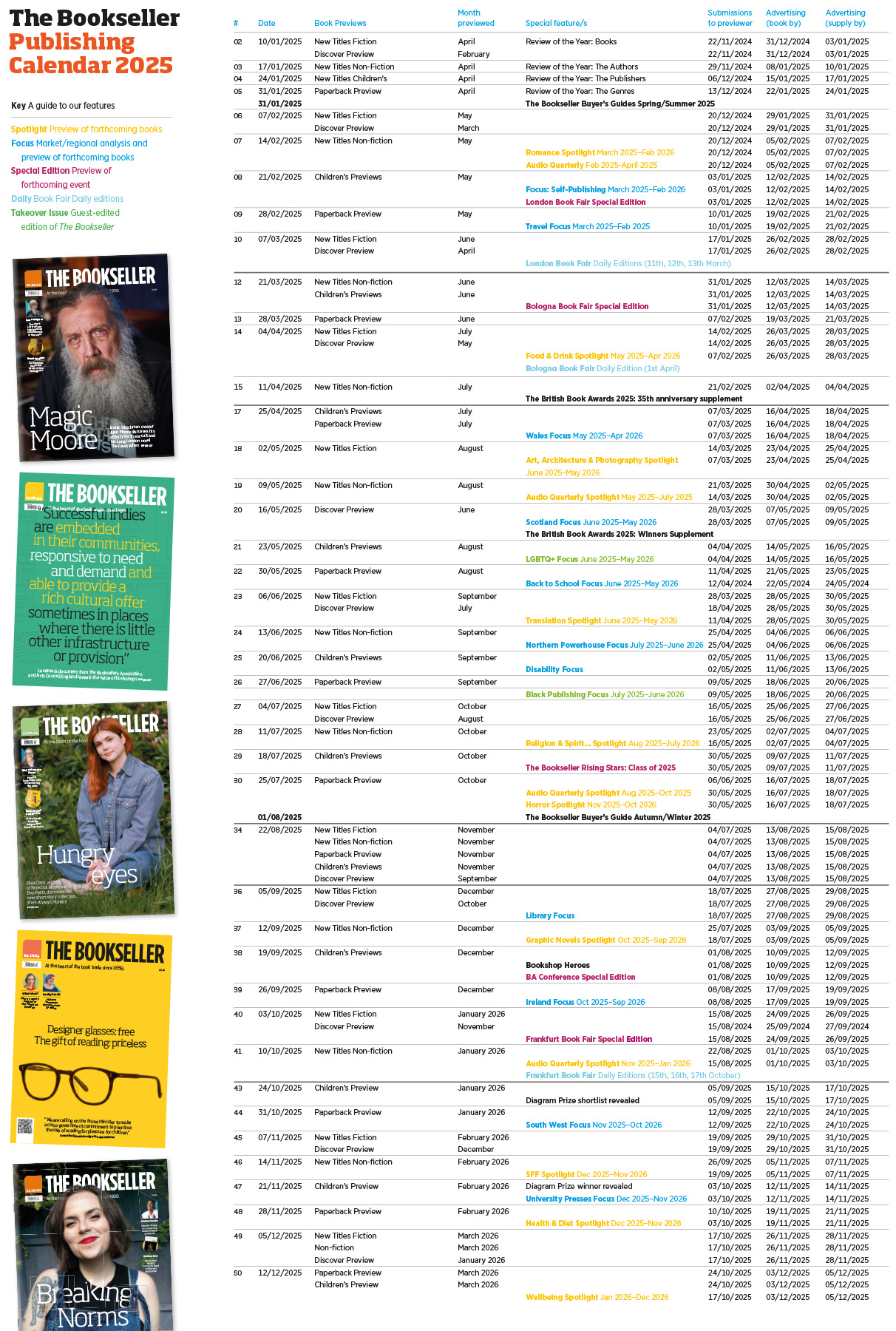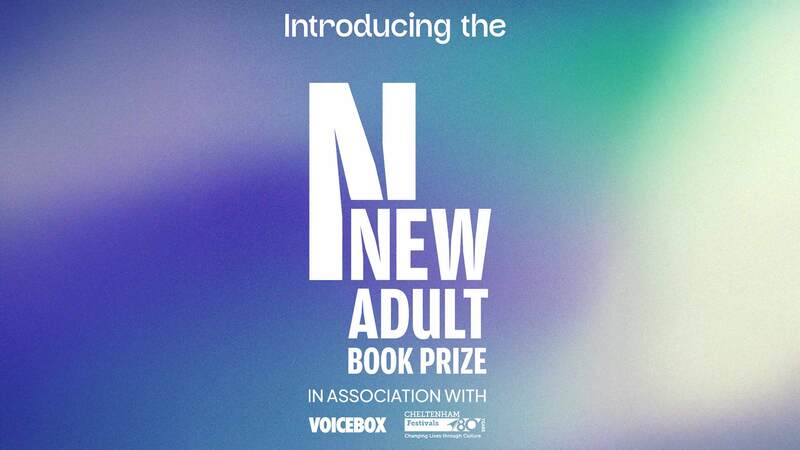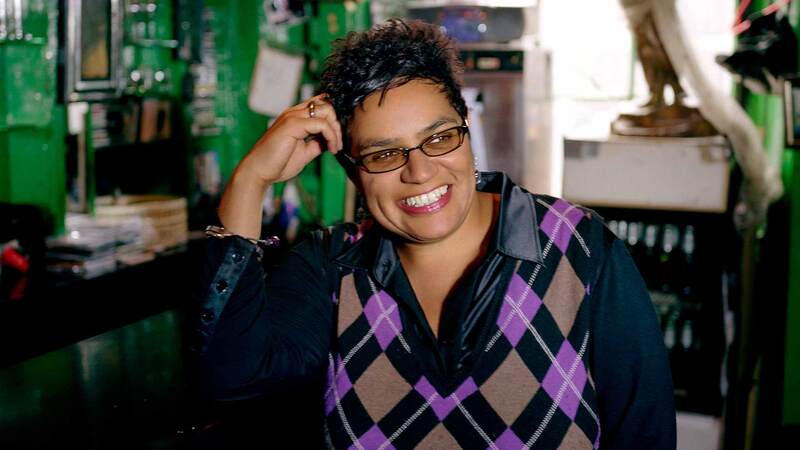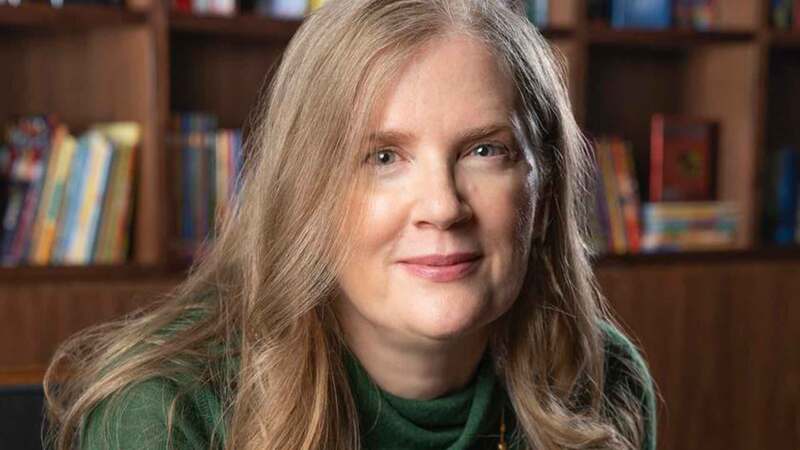You are viewing your 1 free article this month. Login to read more articles.
A fine balance
Children’s books can carry important social messages – but how to stop them sounding preachy?
Books have played a huge part in my life. I’m a mum of four, a former primary school teacher, and a children’s author. My kids devoured stories, from The Faraway Tree to Roald Dahl. Books taught them that their imaginations had no limits. Books were read purely for fun, and that was that.
Even when I started to write children’s books, almost 15 years ago, I never intentionally set out to ensure that my stories had a message. Although many of my books were inspired by my experiences as a mum, these events were still very much linked to a child’s personal world, rather than the wider world around them.
Then one day, one of my young children asked me about a person that we passed who was experiencing homelessness, asleep in a shop doorway. I answered in as simple a way as I could, but they kept asking more questions, and I struggled to answer – to find the right words to explain. I didn’t want to scare my children – but at the same time, I wanted to be honest with them about the complex causes that lead to people experiencing homelessness. I also wanted to let them know that there are things we can do to help.
It was then that I decided that I wanted to write a picture book that introduced children to homelessness. I wanted it to be gentle but informative – to create awareness, but not to scare them, and to leave them feeling empowered that they can make a difference.
The resulting book, Kindness Rocks!, was the most difficult I have ever written, and it took me 25 drafts to strike the right balance between the social message and the sense of fun. So for any authors out there feeling the urge to create a kids’ book with an activist agenda, here are a few lessons I learnt.
The opportunity to delve deeper and link to real life experiences is there if parents wish to – but it makes plenty of sense if they don’t, or if a child is reading alone
First, I opted to use animal characters, which offer a great way of engaging children’s emotions while providing a certain distance from sensitive themes.
Second, I also decided to set the story in the world of professional music to prevent the tale from feeling too "worthy". The idea hit me one day, in 2020, when I saw a photograph of Jon Bon Jovi washing dishes in his JBJ Soul Kitchen, which was short on volunteers due to restrictions caused by the pandemic. Jon’s philanthropy, kindness and compassion inspired my main character, Jonny, whose glamorous appeal will hopefully draw in young readers, but whose experiences of losing his identity – along with his voice – are anything but.
Next, I worked to offer multiple layers of complexity for young readers and their adults to engage in, depending on their age, maturity and preference. When creating the characters in the book that are experiencing homelessness, I wanted to reveal their background and what led to them being where they were now, as this provided a key opportunity for parents and carers (if they wished) to strike up a conversation. I did this by using examples that made sense on the animals’ level but could also offer real-world parallels – for example, Tommy tiger left home after injuring his paw and no longer being able to hunt (unemployment due to disability); Gina giraffe left home due to mean Mr Wolf (an abusive family member); and Busky bear lost his home in the flood (natural disaster). The opportunity to delve deeper and link to real life experiences is there if parents wish to – but it makes plenty of sense if they don’t, or if a child is reading alone.
With the talented Robert Garcia on board to illustrate, I was also able to ensure that the illustrations would be full of colour, dynamism and warmth, to avoid any sense that this was a lecture in disguise, and to ensure that the emotional keynote throughout was hope.
Finally of course, I read other children’s books that balance a compelling story with a powerful message and analysed what made them work. For example, The Last Chip by Duncan Beadie cleverly nods towards homelessness through visual clues while focusing on a story of simple kindness and compassion. The Invisible by Tom Percival tackles a family’s struggle to pay their rent and bills much more directly, but the author provides balance with its hopeful conclusion, showing that it only takes one person to make a difference.
As authors and illustrators, we will always want to entertain children with our stories, but by confronting and incorporating very real and specific social themes in a sensitive way, we also have the opportunity to help children to make sense of their world, and to inspire them to become more compassionate, considerate, and understanding individuals. If we take on this challenge, however, we owe it to them to get it right – which is not an easy task. I only hope my 25 drafts have paid off.

















